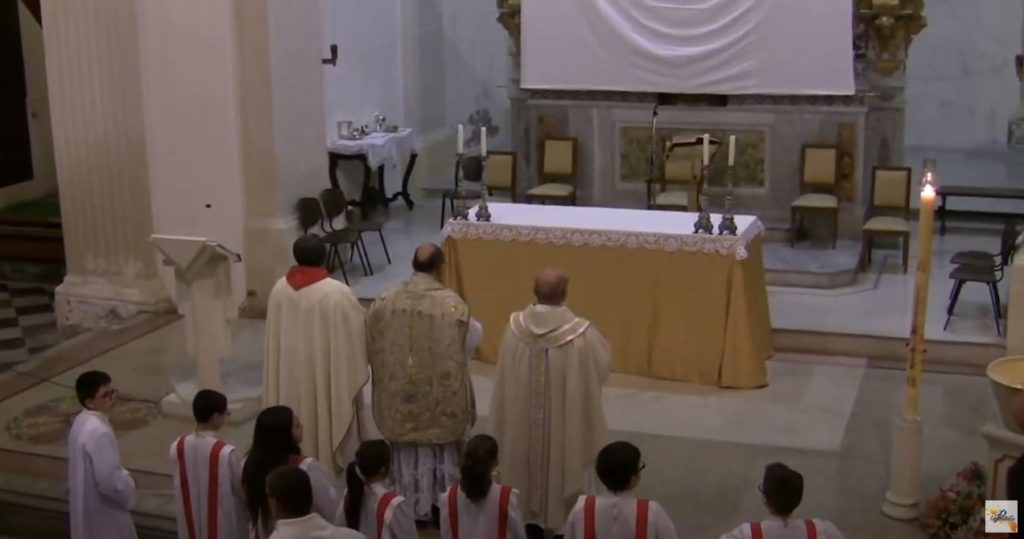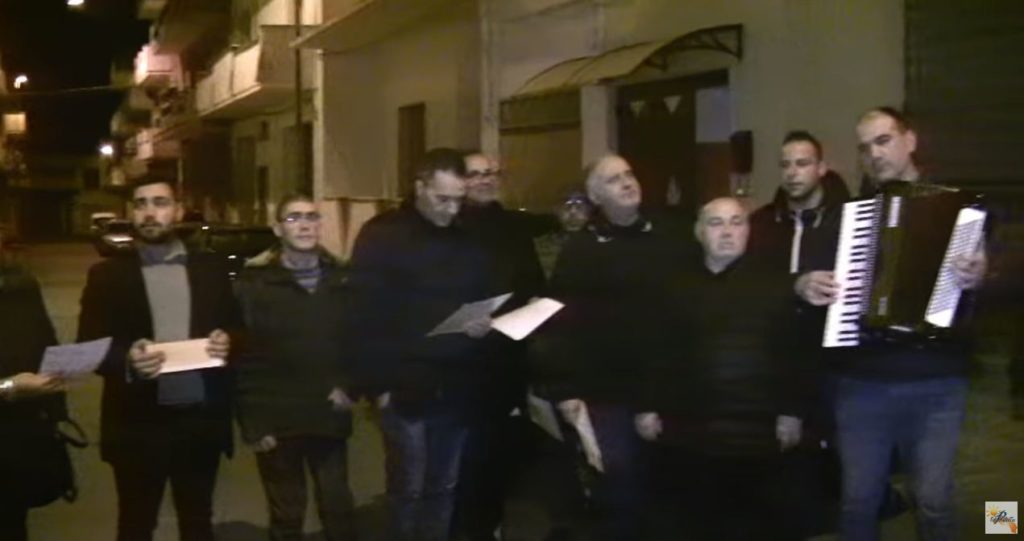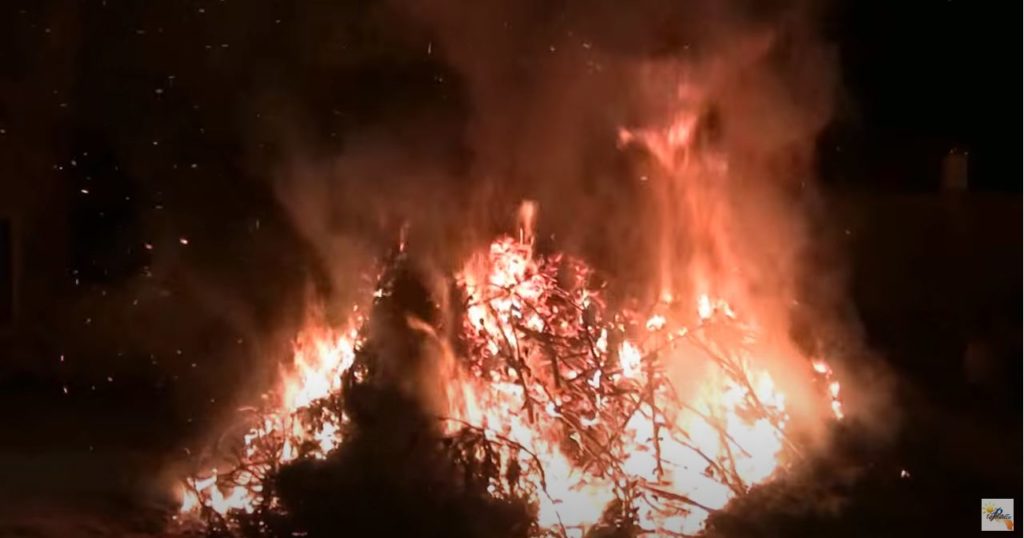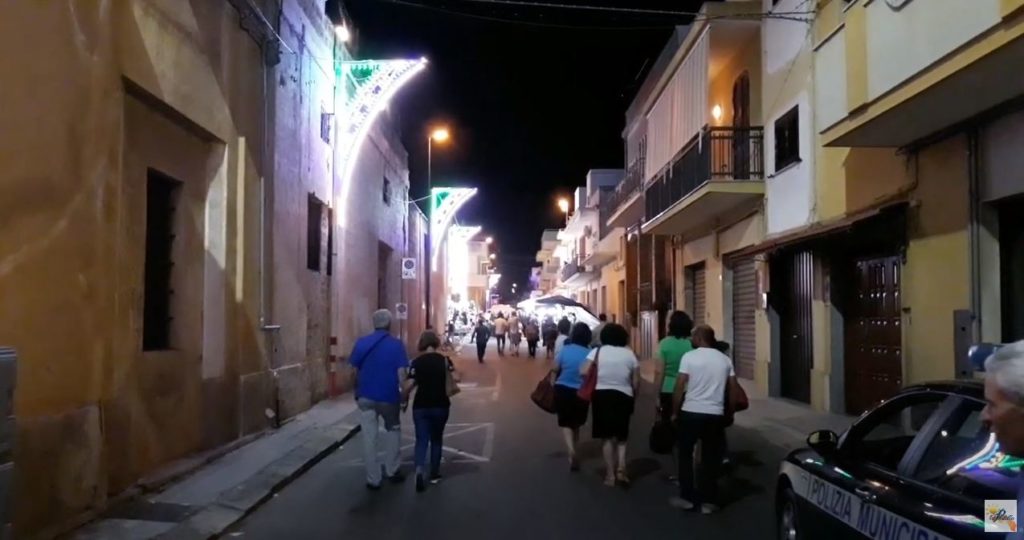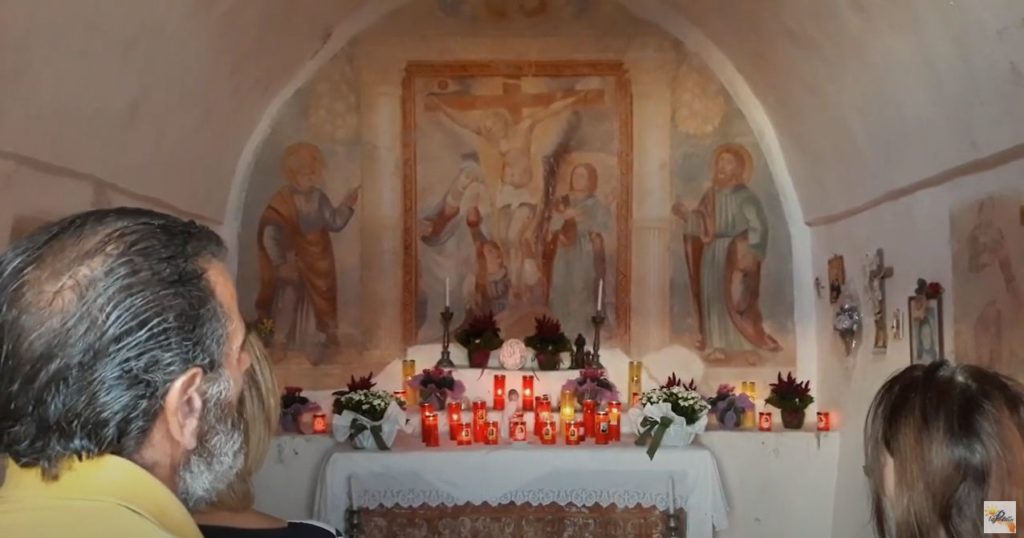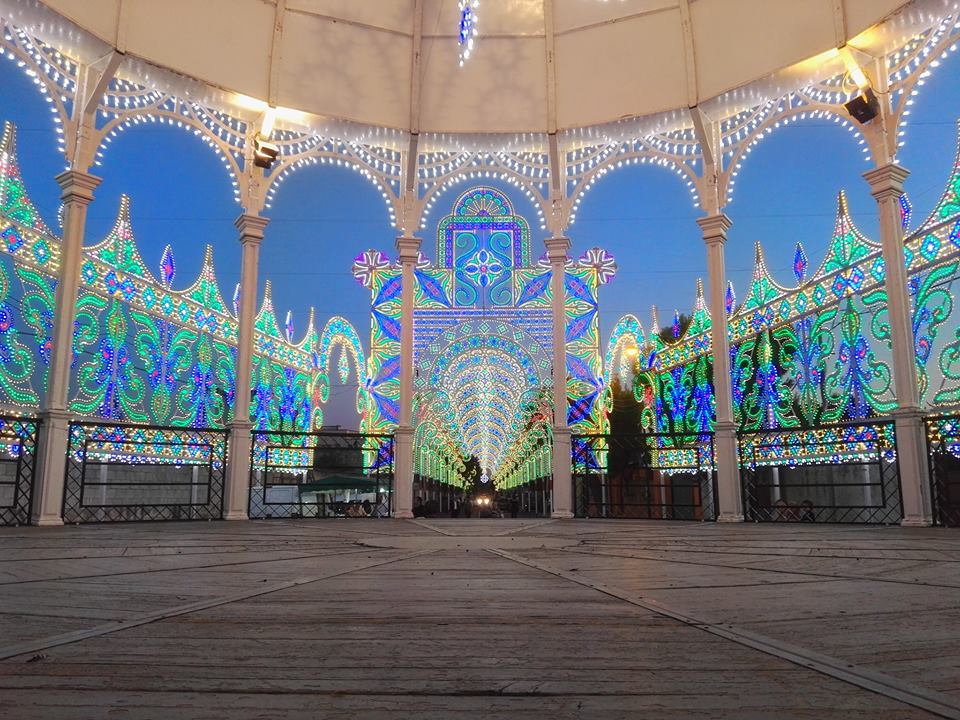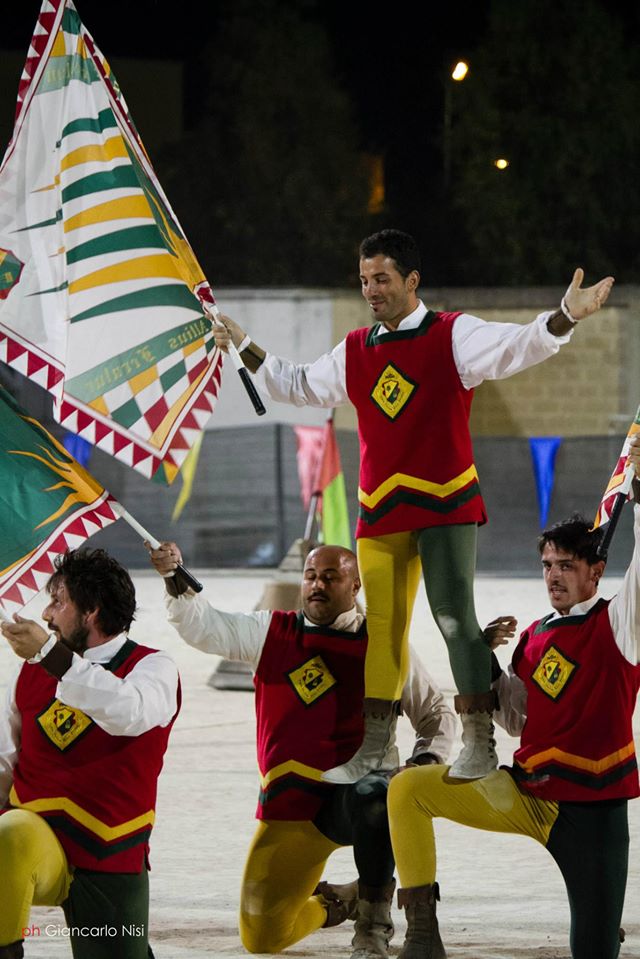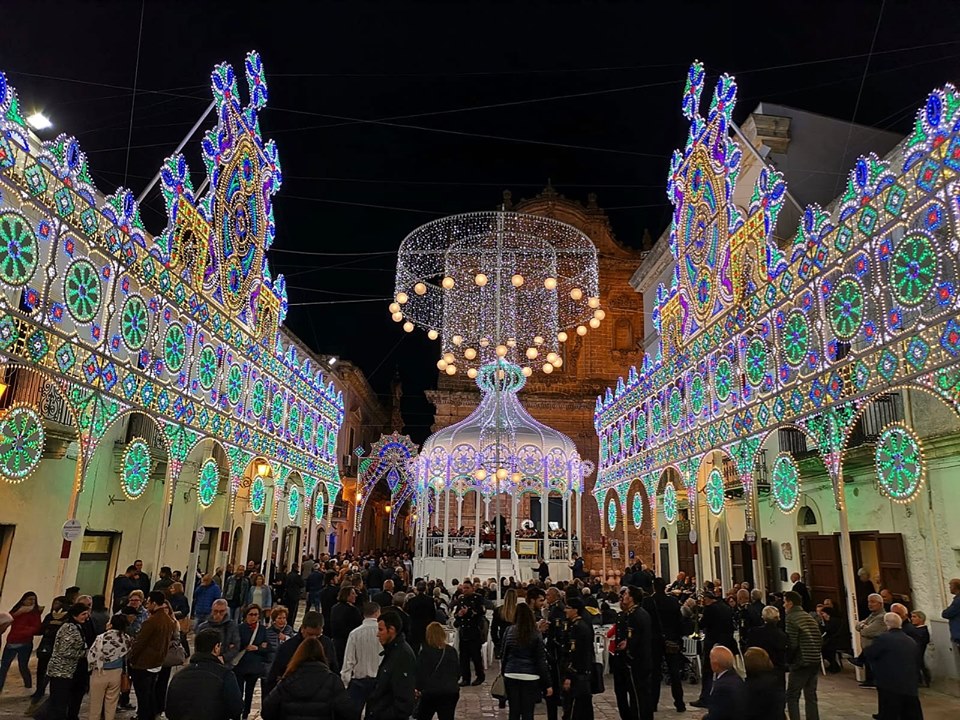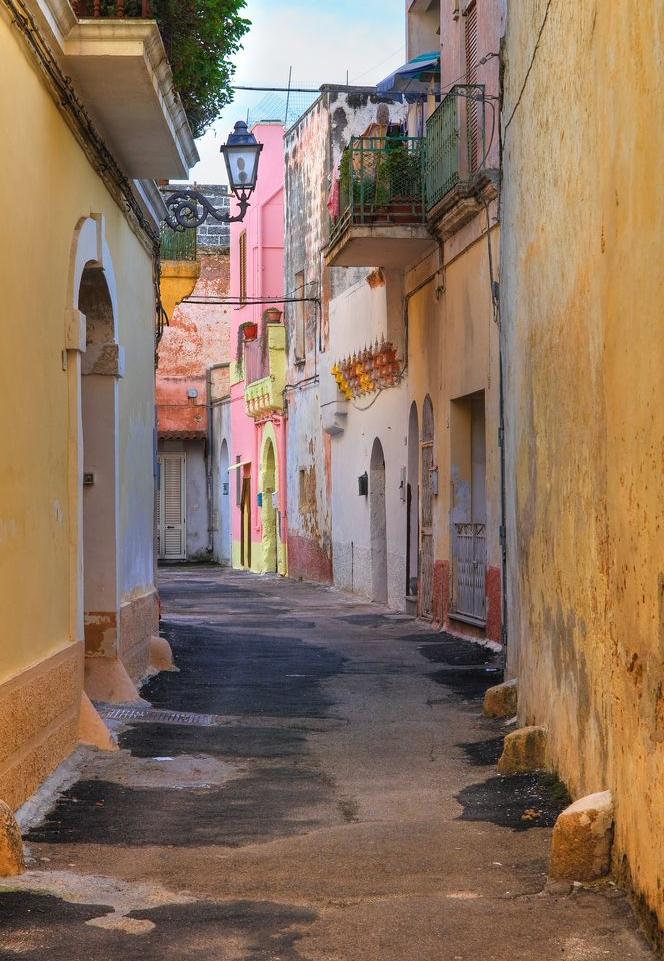Church of Santa Maria di Costantinopoli
The church of Santa Maria di Cosantinopoli, also called St. Anne, but better known for the cemetery, rises outside the city on the way to Martina Franca. The church is traceable to the beginning of the SEVENTEENTH century. Following the Bourbon Decree of 1840 prohibiting the burials of the dead in public churches, the church was destined to house the cemetery of the city. A historical role that he held from July 29, 1840 until June 14, 1918, when the new cemetery was inaugurated on the way to Ostuni.
So in the 19th century when the church was to cover this new social function was surrounded by walls and enlarged in order to meet the needs of the community.
The façade of the church is very simple the portal is marked by a tympanum supported by two shelves covered with acanthus leaves. At the top, asymmetrically stands a belfry. Inside the church, noteworthy, is the Baroque high altar, made of local stone between 1734 and 1737 by master Pasquale Simone di Lecce. The altar is a splendid lithic machine of exquisitely salentina matrix, adorned with twisted columns wrapped in girali and floral elements interspersed with statues of saints. The invoice of the altar recalls that of the church San Quirico, not by chance is signed by the same author Salentino. The altar Ancona reproduces St. Anne with the Virgin Child, called La Bomminin, which is linked to one of the oldest fairs.
On the right wall of the chapel there is a fresco in the late-Renaissance style depicting Saint Mary of Constantinople in the midst of saints. The presence of two effigy of the Madonna inside the church also explains the double ownership of the building. In fact in the seventeenth century the church was named after the Madonna of Constantinople, whose cult spread during that period as protector from the plague. The second title, dedicated to Saint Anne, was acquired in the first decades of the 17th century, when the saint was elevated to protectress of the craftsmen of Cisternino. Since then the artisans instituted the famous fair of 8 September carrying in procession the sculptural group of the Virgin with a little girl who is now kept in
Cisternino 16
the Church of St. Nicholas. The church’s churchyard is enclosed by a wall of great scenic effect. Inside it, just crossed the gate of the entrance, is placed on the left the chapel Amati. The portal with classical tones includes inside the gable the skull, an obvious symbol of death. The same bleak element is found throughout the façade and along the base there are niches that house a kind of shaped canopies. The whole complex is enveloped in a twilight atmosphere which seems to be a great mystery.

